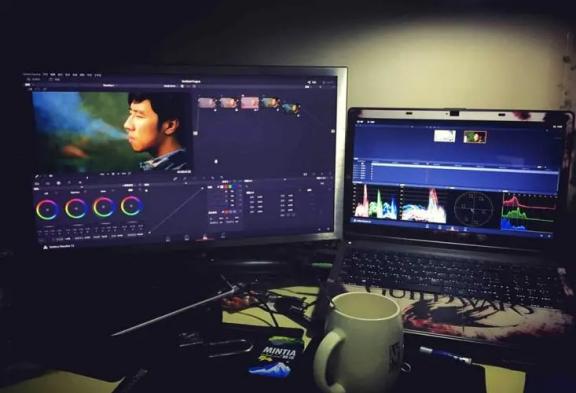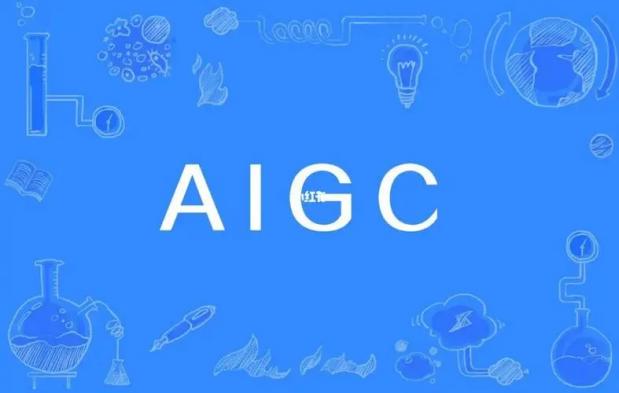Douyin Takes a Stand on AIGC, AI Virtual Influencers May Face the Biggest Crisis
-
On December 19, Douyin officially issued an important announcement, declaring a crackdown on six new types of violations, including AIGC.
AIGC refers to the currently booming generative artificial intelligence. The reason for cracking down on AIGC is actually to focus on combating new types of account farming behavior.
In fact, the main purpose of Douyin's recent crackdown is to combat illegal activities in the black and gray industries related to artificially inflating follower counts and farming accounts. During routine inspections, Douyin discovered that many black and gray industry organizations are attempting to use AIGC to fabricate content, steal others' live streams and edit them, or even publish low-quality, illegal content under the guise of official training courses—all in an effort to rapidly grow followers and farm accounts.
Among these activities, one of the most typical and common methods is using AIGC technology to create virtual personas that impersonate real people during live streams. If you frequently browse short videos, you’ve likely encountered virtual personas either live-streaming or speaking. These virtual personas either mimic real hosts by promoting products or delve into topics like emotional advice, knowledge sharing, or financial success.

Compared to real hosts who physically conduct live streaming sales or create content, using virtual hosts to accomplish these tasks appears much easier. Consider this: it's extremely challenging for a real host to maintain an 8-10 hour live streaming session - the workload intensity is unimaginably high. However, virtual hosts don't face the issue of being unable to adapt to such high-intensity work.
Even without traffic investment, simply extending live streaming duration is sufficient to grow an account's follower base, create audience profiles for fans, and ultimately acquire more precise new customers. Even if virtual streamers' live performance isn't as ideal as real humans', even if their live rooms only have dozens or just over ten viewers, orders and comment section interactions still frequently occur.

In fact, this is not the first time TikTok has proposed regulations and requirements for AIGC.
As early as May 9th this year, TikTok officially released a message, marking the first time it proposed platform standards and industry initiatives for AIGC. To highlight the key points, there are two aspects that are particularly crucial and have drawn significant attention: one is the labeling of AIGC content, and the other is the registration and certification of virtual humans.
Let's talk about labeling AIGC—simply put, it means 'adding watermarks.'
Douyin has explicitly stated in its guidelines that all deep synthesis services that could potentially cause confusion, including AI writing, AI text editing, and AI voice synthesis, must be clearly watermarked and labeled. Whether you're using this year's popular tools like ChatGPT and Midjourney, domestic products like Wenxin Yige and Wenxin Yiyan for text and image generation, or voice generation tools like Moyin Workshop, all fall under the 'labeling' requirement. As for the labeling method, it's straightforward: place the words 'AI-generated' in the 'top-left corner' of images and video files, along with the name of the generation tool and the company's watermark.
Regarding Douyin's requirement for "adding watermarks," most service providers have responded optimistically. They generally believe that adding watermarks will not affect content dissemination but will instead help clarify facts and ensure authenticity. Many consider this "a very correct decision" that will inevitably "become the norm" in the future.

Compared to labeling AIGC content, the situation with virtual humans is much more complex.
At that time, Douyin explicitly stated in its announcement that it supports the development of virtual hosts, but they must be certified, and fully AI-driven live streams are prohibited. Based on their purpose, virtual hosts on Douyin can be divided into two categories: one is 'entertainment-type' virtual hosts, and the other is functional virtual hosts, the most obvious being those aimed at live commerce.
However, users are not very receptive to virtual hosts conducting live commerce. Viewers often feel that compared to real hosts, the content quality of virtual hosts is poorer, with dull language and a lack of novelty. For merchants, using virtual hosts for commerce is not the best choice either. Virtual hosts not only struggle to meet KPIs and generate revenue but are also prone to being penalized by the platform for violations.
This is indeed how things have unfolded. Half a year later, Douyin has raised the bar and set stricter requirements, directly stating its prohibition against 'AIGC fabrication,' laying its cards on the table regarding AIGC. This further clarifies Douyin's official position and stance.
ChatGPT has opened a new door to artificial intelligence, showcasing its immense power, but at the same time, the corresponding Pandora's box has been opened.
With the continuous advancement of technology, AIGC has gradually transitioned from the conceptual stage to practical implementation, giving rise to controversies and risks. Cases of AI-generated content being mistaken for real, data leaks, and copyright infringements have frequently emerged, further amplifying the potential dangers AI may pose to society.

Today, AIGC is extensively applied in the short video sector, involving all platform participants—creators, hosts, users, merchants, advertisers—without exception. This is why Douyin took the initiative to introduce corresponding industry standards.
There will always be a 'follow' and 'be followed' relationship between regulation and innovative technologies or models. Technology inevitably comes first, followed by risks, and then the necessity for regulation. With regulation, the industry will develop in a more favorable direction.
Of course, the introduction of regulations does not mean a once-and-for-all solution. In the process of enforcement and supervision, we will still encounter practical problems. For example, how should specific responsibilities be defined? How should evidence be collected? But in any case, the regulation of artificial intelligence has been put on the agenda, which is very gratifying.
